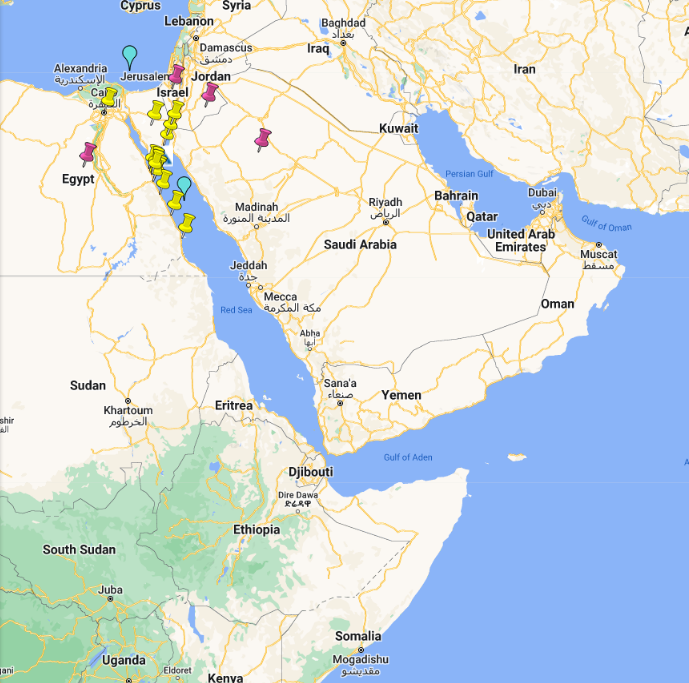

Recent developments in the Red Sea region have caused significant changes in maritime routes, with over 100 vessels opting to bypass the Red Sea.

Recent developments in the Red Sea region have caused significant changes in maritime routes, with over 100 vessels opting to bypass the Red Sea. This shift in navigation patterns comes amidst growing concerns over security in the area, particularly regarding the Houthis' threats against commercial shipping and U.S. warships.
The avoidance of the Red Sea route by commercial ships is a response to the perceived threats in the area. This detour entails an additional 6000 nautical miles, approximately a two-week extension, around the continent of Africa. The increased duration and distance of these alternative routes have economic implications, particularly for shipping companies and global trade.
95% of container ships that would’ve transited the Red Sea are now going around the Southern Tip of Africa as of this morning. The ships diverting from their ordinary course are marked orange on the @flexport map below. pic.twitter.com/7FC2p3i4ix
— Ryan Petersen (@typesfast) January 6, 2024
In response to the heightened security risks, a U.S.-led coalition comprising around ten nations was formed to safeguard commercial ships against Houthi threats. However, the implementation of this coalition's operations has been slower than anticipated. The White House has indicated that more warships are expected to enter the Red Sea, though the timeline for deployment remains uncertain.
The coalition, referred to as the Red Sea coalition, faces issues beyond operational delays. Notably, none of the Red Sea bordering countries are members of the coalition. Bahrain is the only Arab state participating, while Saudi Arabia, the UAE, and Egypt are conspicuously absent.
Saudi Arabia's abstention is particularly perplexing given that 36% of its imports transit through the Red Sea, and the strategic port city of Jeddah is situated on its coast. Two factors may explain Saudi Arabia's hesitance: its recent normalization of relations with Iran and the ongoing civil war with the Houthi rebels in Yemen.
Saudi Arabia's recent peace agreement with Iran, a major influence on the Houthis, plays a pivotal role in its non-participation. Joining the coalition might jeopardize this fragile detente. Additionally, the potential escalation with the Houthis, who have previously targeted Saudi cities, dissuades Saudi Arabia from joining the coalition.
Saudi Arabia's focus on economic diversification and development projects, such as futuristic cities and preparations for the FIFA World Cup in 2034, requires a peaceful environment. This need for stability informs the kingdom's cautious approach to the Red Sea security situation. Bahrain's participation in the coalition is seen as an extension of Saudi interests, given Bahrain's close ties with Riyadh.
The market has responded to these developments with a 2% increase in oil prices, reflecting underlying fears of potential disruptions. China, which relies on the Red Sea for 60% of its exports to Europe, has called for the protection of civilian ships. China's relationship with Iran could be a lever for mitigating tensions, given that Iran wields significant influence over the Houthis.
The current state of affairs in the Red Sea presents a complex challenge for global navigation and security. The efficacy of the Red Sea coalition is yet to be determined, and it is clear that the vested interests of regional powers, economic imperatives, and geopolitical alliances will shape the future of this critical maritime corridor. The Houthis' control over the situation underscores the delicate balance that regional and global actors must navigate to ensure the security of the Red Sea waterways.